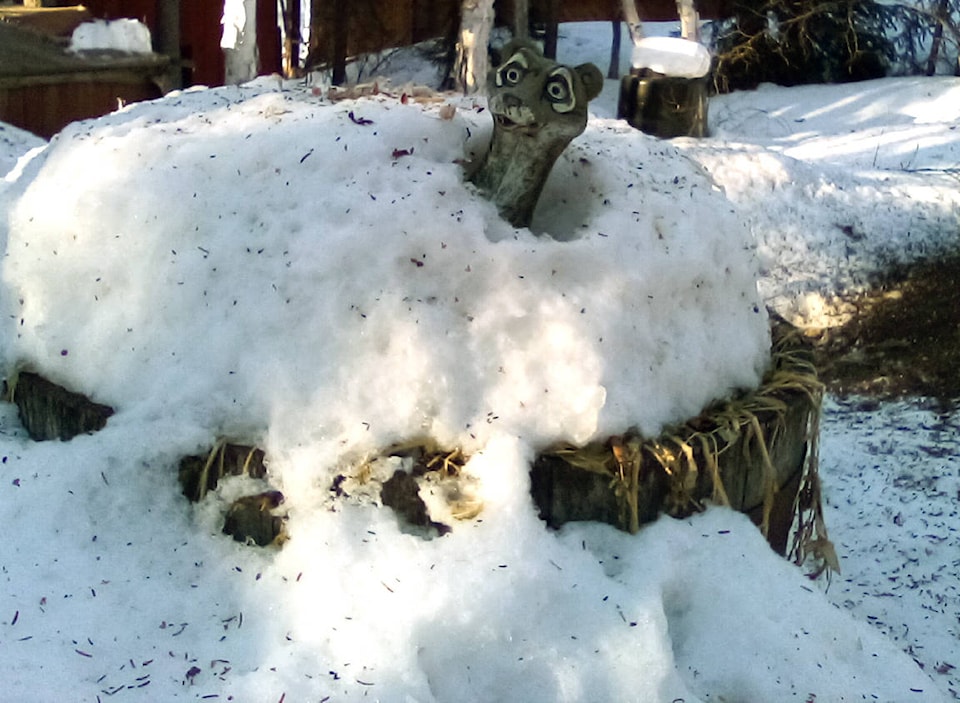The Big Melt.
Now, I am not talking about some delicious, delectable, melted cheese feast from burger week, but rather the time from when the snow starts to go until the lakes are open and one can go boating. That is the big melt that occurs every year and yet it really hasn’t been all that well documented or studied despite its importance.
During the winter snow falls and slowly builds up. If you had a measuring stick set up somewhere you could record the amount of snow fall and the overall accumulation. It changes a little with time because the snow will also compress a little as the snow gets deeper and the weight of the stuff on top compresses the stuff down below a little.
Then spring comes. The days grow longer, the sun is brighter and warmer, and you might notice that the snow depth lessens. Its still below zero and you don’t see any melt, but the depth of snow is getting less.
Some people might say the snow is evaporating, and it is sort of, but the word evaporation means something is going from a liquid to a gas. It is turning into water vapor. Instead, it is going from a solid snow to a gas and that is called sublimation. Very dry northern air, sunshine and wind are causing the snow to sublimate and disappear into the air as a gas of water vapor. That is science for you, they like to give things fancy names.
Why is it important to know this? Well, northern lakes are catch basins for rain and for the spring melt. If you have two years with an identical amount of snow accumulation and one year 80 per cent of the snow sublimates only 20 per cent of it will end up in the local lakes as spring melt. Compare this to the next year when only 20 per cent sublimates and 80 per cent ends up in the lake as melt water. It can make quite a difference to the column of water in the lakes.
Several years ago, I was at a meeting, and someone was reporting on the spring freshet. My question was what in the heck is a freshet? Turns out it is the amount of water in streams and rivers caused by the spring melt or run off. Another fancy word for what I refer to as the Big Melt which I often don’t think of as fresh water particularly in town. Way too much dust, litter, exhaust particles and animal wastes in it to be called fresh or freshet. In the bush, I might drink water from melted snow but not in town.
In the spring, a lot of snow can sublimate and disappear before the melt happens. When temperatures get high enough the snow begins to actually melt, and its top can get rather slushy but if temperatures go down at night it freezes and can form a real crust. Then one day you walk out on your snowshoes and sink right to the forest floor in wet slush. In the bush we use to refer to this as the snow collapse. Even well beaten down snow trails collapse. The lakes still with ice on them suddenly have a whole bunch of overflow to deal with until the water drains through the ice, lifts and breaks free from shore.
One spring out on the barrens, the lake ice had flooded with runoff water, and we still had some gear out on the ice we wanted to get ashore. So we went out through the water on snow machines to recover it. Nearby was a drain hole. The hole was big enough a person could have gone through it and it had a real whirlpool going on. It was a little scary because if a person got sucked through it you would have been under the ice in very cold water with no way of getting out. It was the stuff of nightmares.
So, as you can see, sublimation, the big melt and drain holes in lakes are things that could use a lot more study and should be documented because they are an important aspect of living in the north.
